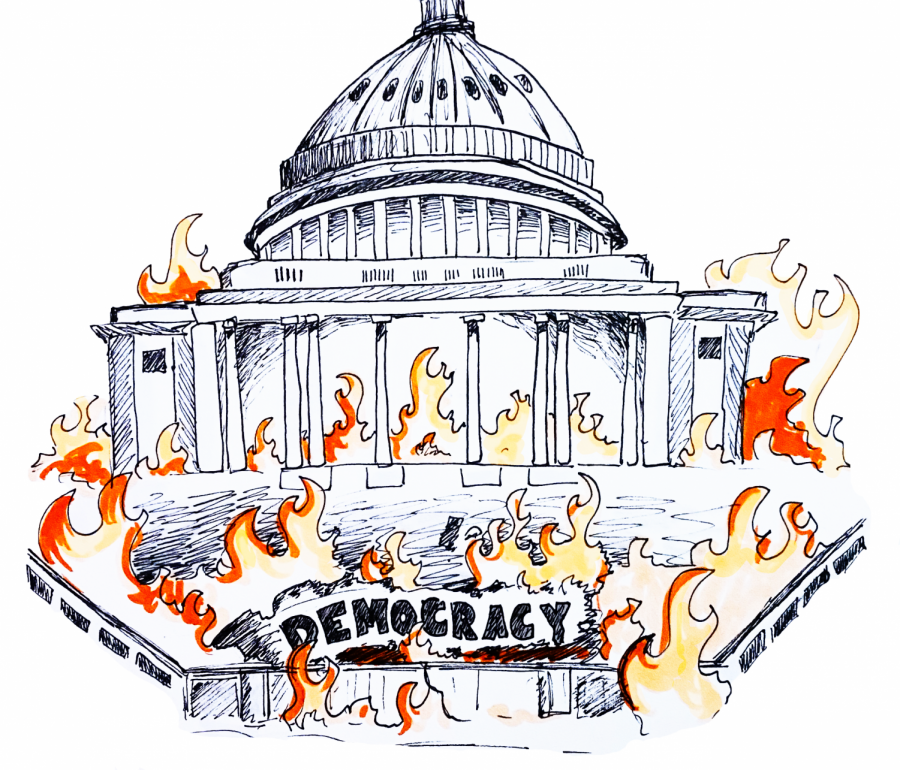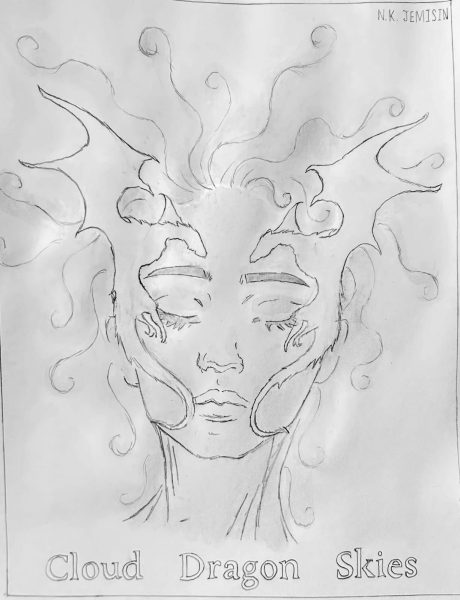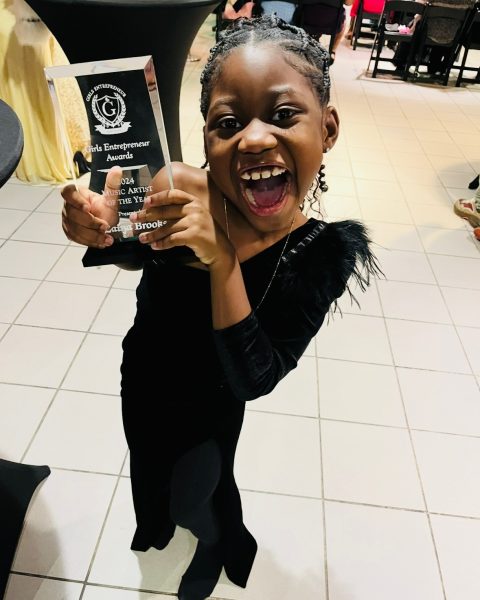What Do We Say Now?
How teachers at Garfield handled discussion of the Capitol riots.
With the January 6th riots on the minds of every student and teacher the Thursday after it happened, teachers couldn’t just continue their curriculum as usual. The insurrection at the Capitol left many Garfield teachers with the responsibility of facilitating discussion about such a consequential event.
“Frankly, when things are that big, it’s distracting to students”, said World Literature and World History teacher Tyson Koyano. “How are you going to sit down and talk about some theoretical thing that happened a long time ago when there’s something right now in your life that’s overwhelming?”
“The history teachers got together on that Wednesday afternoon to watch the news together”, said Daniel Young, who teaches World History and U.S. History. “Then our conversation turned into ‘how will we talk about this with our students tomorrow?’”. For his classes, Young made presentations including pictures from the event, links, and journal prompts.
Different teachers had different approaches for how to handle the news.
“I tried to really step out of my commentary and my analysis of the situation, and rather I provided a forum for students to process their thoughts” said Dr. Rachel Petrik-Finley, who teaches Environmental Science and Biology. “Most of the conversation that students did have veered away from the incident itself and more into just the systemic racism and how we deal with people who support this kind of activity or don’t see a problem with it.”
For Mr. Koyano, who only taught his World Literature classes on Thursday, the conversation was much more focused on language.
“I took Trump’s speech from Wednesday and I gave them excerpts of it and told them to do something called a blackout poem—where you take somebody else’s writing and you black out portions of it until there is sort of a new meaning created,” Koyano said. “That allowed them the opportunity to complicate Trump’s narrative, in a poetic way, in a way that’s creative and allowed them to process what happened.”
Despite the best efforts of teachers, discussion of political events and issues in the classroom can be a difficult task, especially when teachers have opinions of their own.
“I don’t think I agree with any of my students on everything, and I think it’s inauthentic to pretend that I’m some monolith of impartiality when I navigate this world just like they do, I come in with my own beliefs”, said Koyano. “I have a lot of trust and belief in my students that they can handle these difficult conversations, that they can disagree with me and be honest about that, that they can grow, and frankly, they can teach me sometimes.”
The question of whether teachers should share their opinions can apply even when politics aren’t explicitly being discussed. For Dr. Finley, being neutral on the topic of climate change in her Environmental Science classes is impossible: “It’s not equal who believes in it and who doesn’t believe in it. There’s the facts and there’s the scientific evidence.”
Likewise, Dr. Finley believes that an impartial discussion of the Capitol riots is not helpful: “I don’t often find it useful to remain neutral on things … These are terrorists, these are rioters, this isn’t just a protest. I emphasized that this is not normal and we need to have a stand in understanding what’s going on and framing it the way that it is and not minimizing the situation.”
Teachers expressing opinions isn’t necessarily a bad thing, and Mr. Young believes that it can benefit students.
“It helps students see their teacher as a real person with real opinions, and a lot of students haven’t formed their opinions yet, and so seeing how another person thinks, like a teacher, helps them”, said Young. “A teacher’s job is to help students and young people understand the world around them, and so having these conversations is an important part of making sense of the world, whether it’s connected to the subject that teacher teaches or the teacher is just seen as a thoughtful and caring person in a student’s life.”






